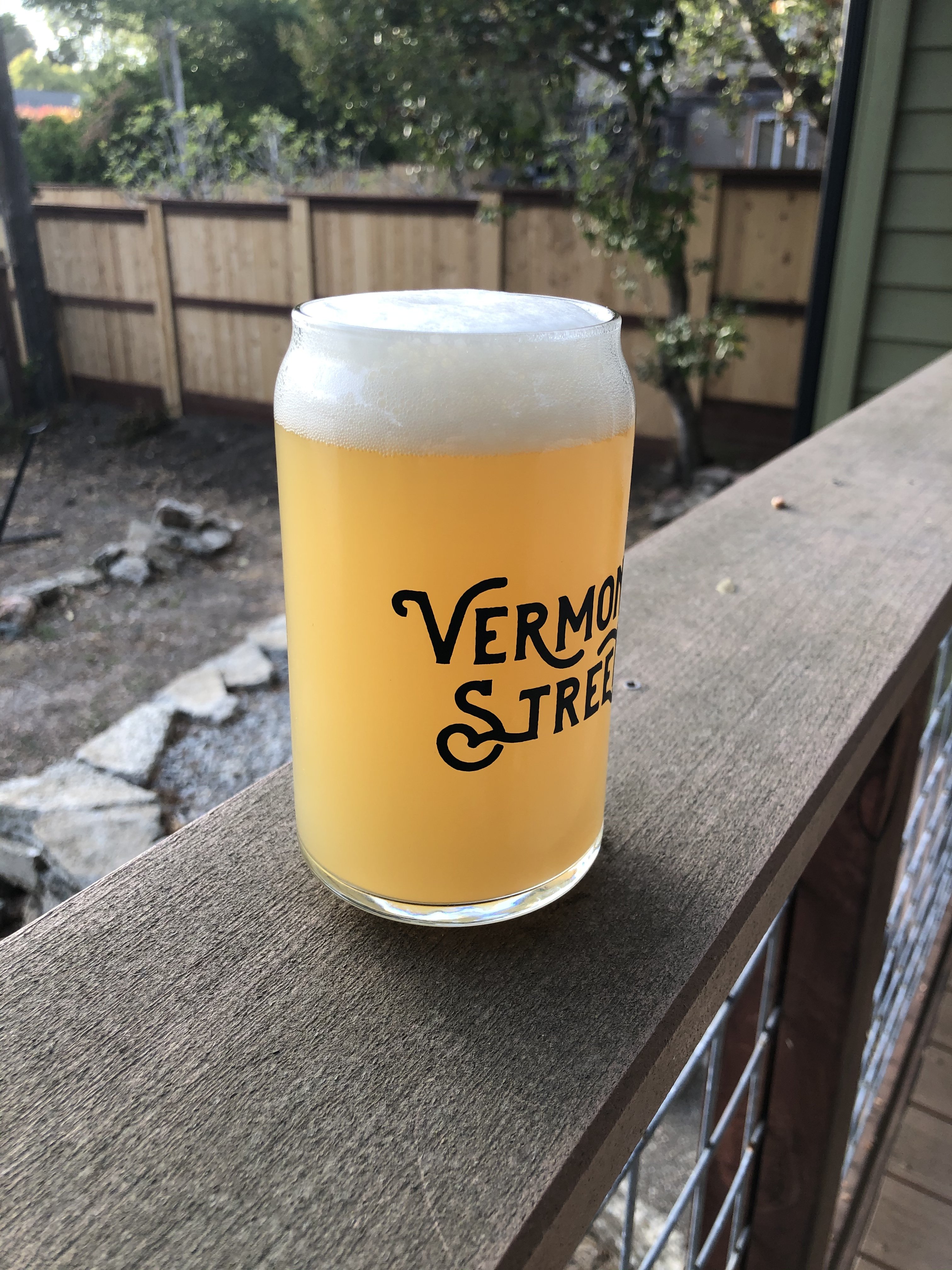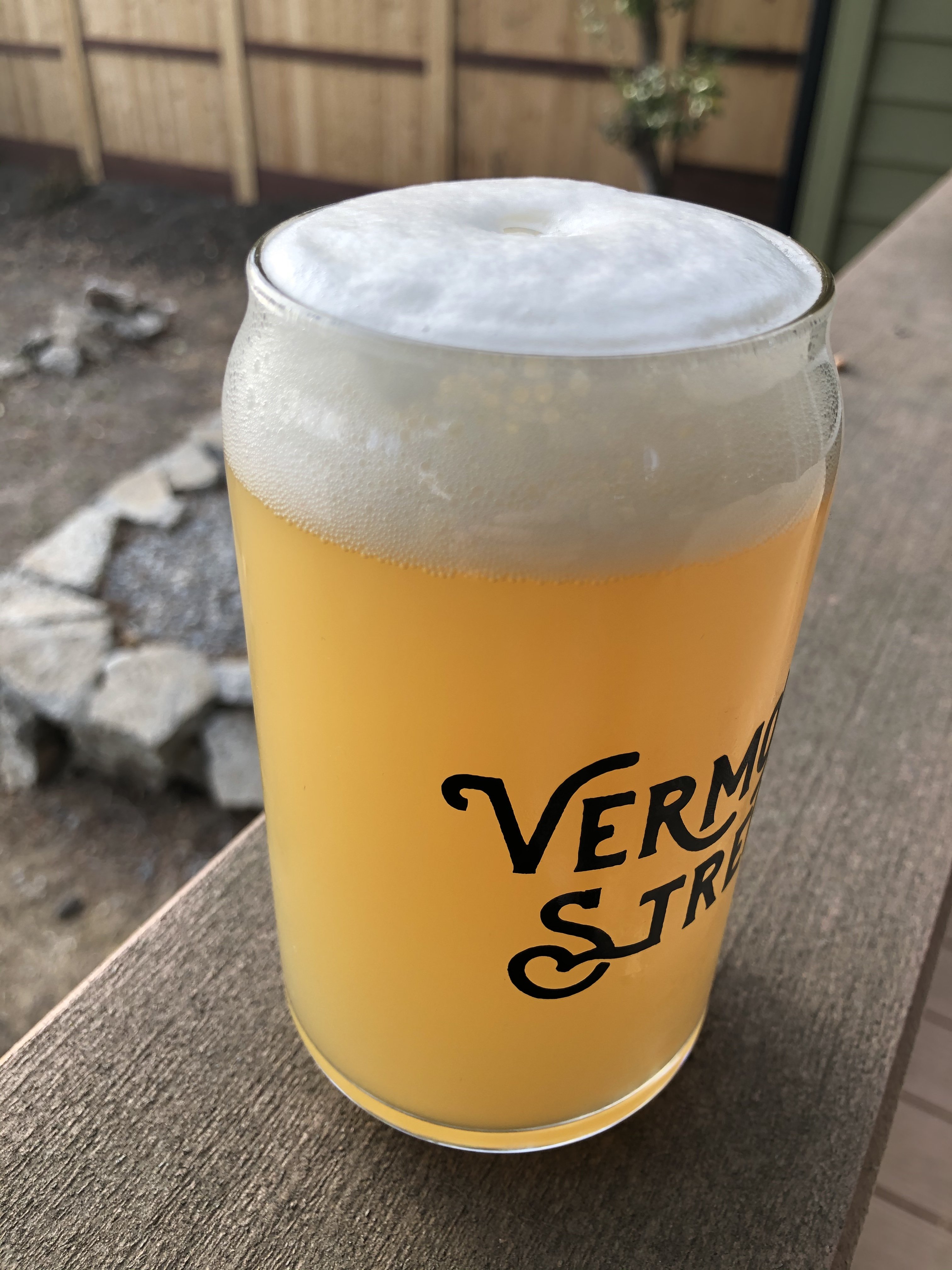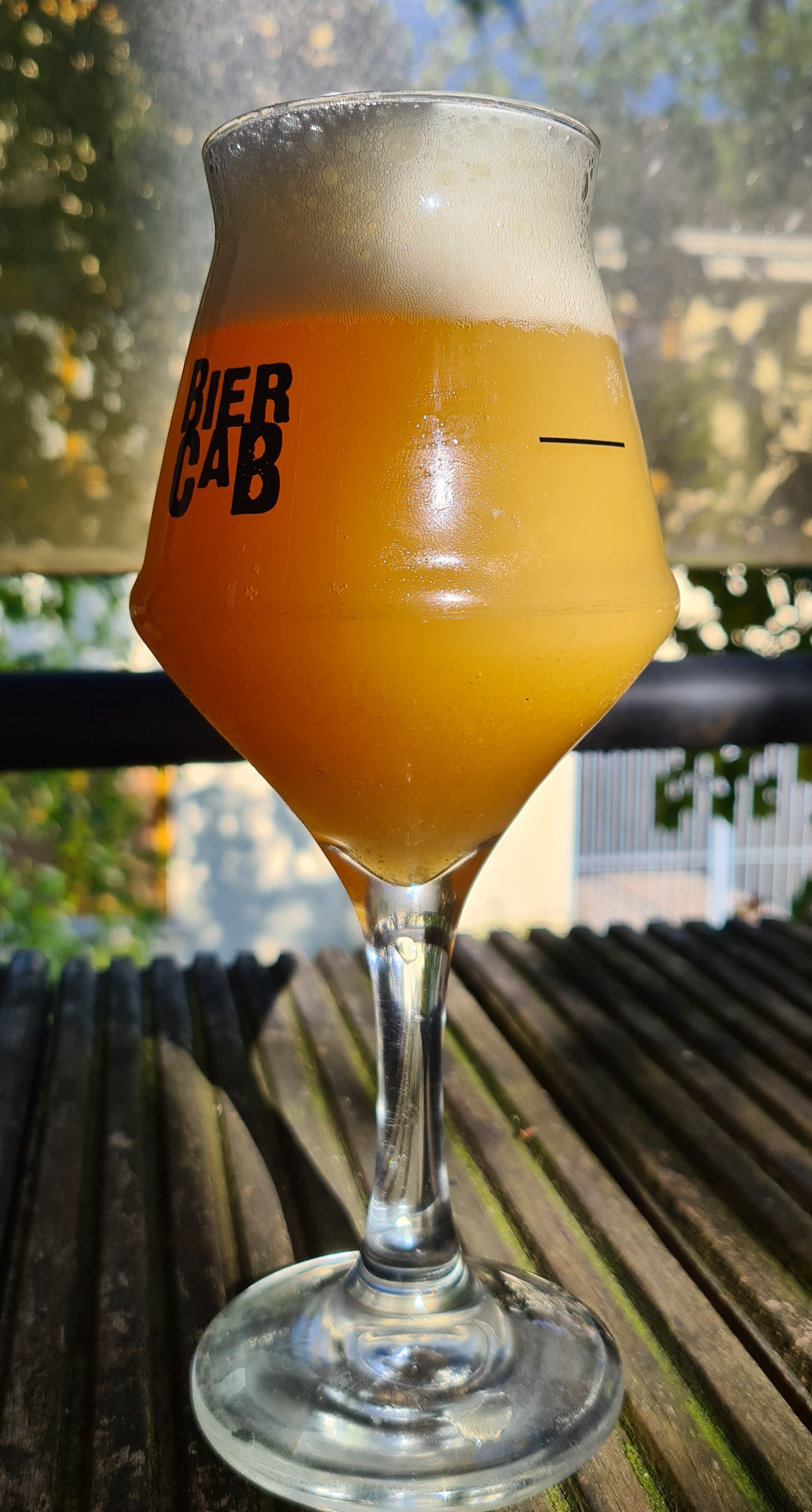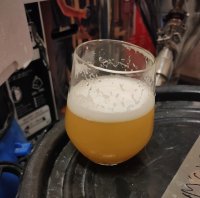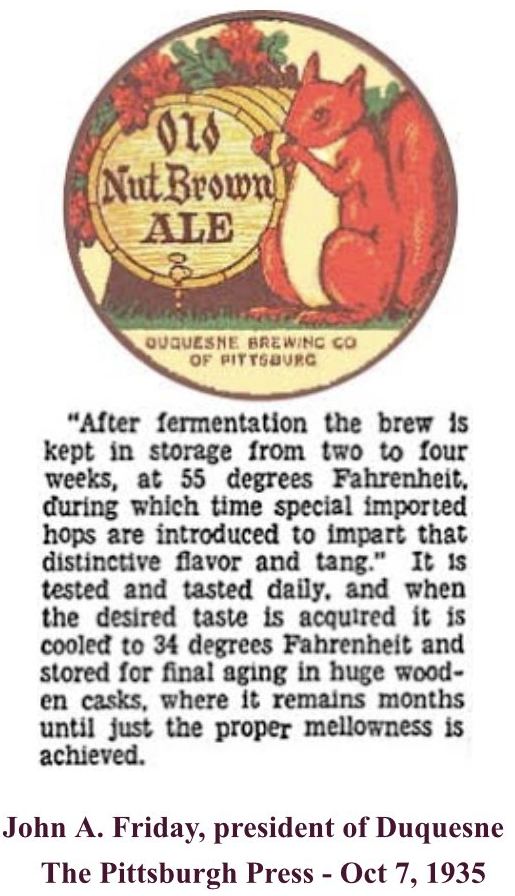View attachment 730591View attachment 730592
60% Pilsner, 20% malted oats, 20% malted wheat 1.064-1.012
Hbc 586 and lupomax citra 1:1
4oz hot side
8oz dry hop
Verdant IPA yeast
Did all the dry hopspost fermentation in a ferm purged dry hop keg. Cold crashed several days at 40F. Transferred to dry hops for 2 days at 58F and rolled the keg around twice a day. I’m really digging this process, it’s getting me that bright hop bag effect. I forget who I should give credit to,
@HopsAreGood I think.
Aroma is big sweet fruit mostly pineapple and some sweet cream. Taste is bright citrus, melon, pith and hop spice. I really liked the aroma in the bag of the 586, really sweet fruit. This combo doesn’t have any of that dank or pine depth, but I don't mind


